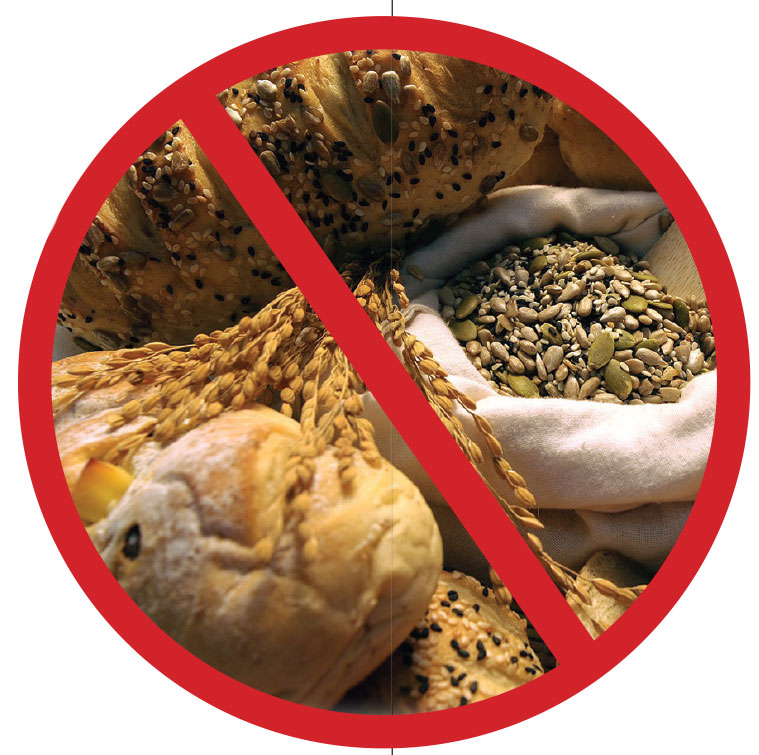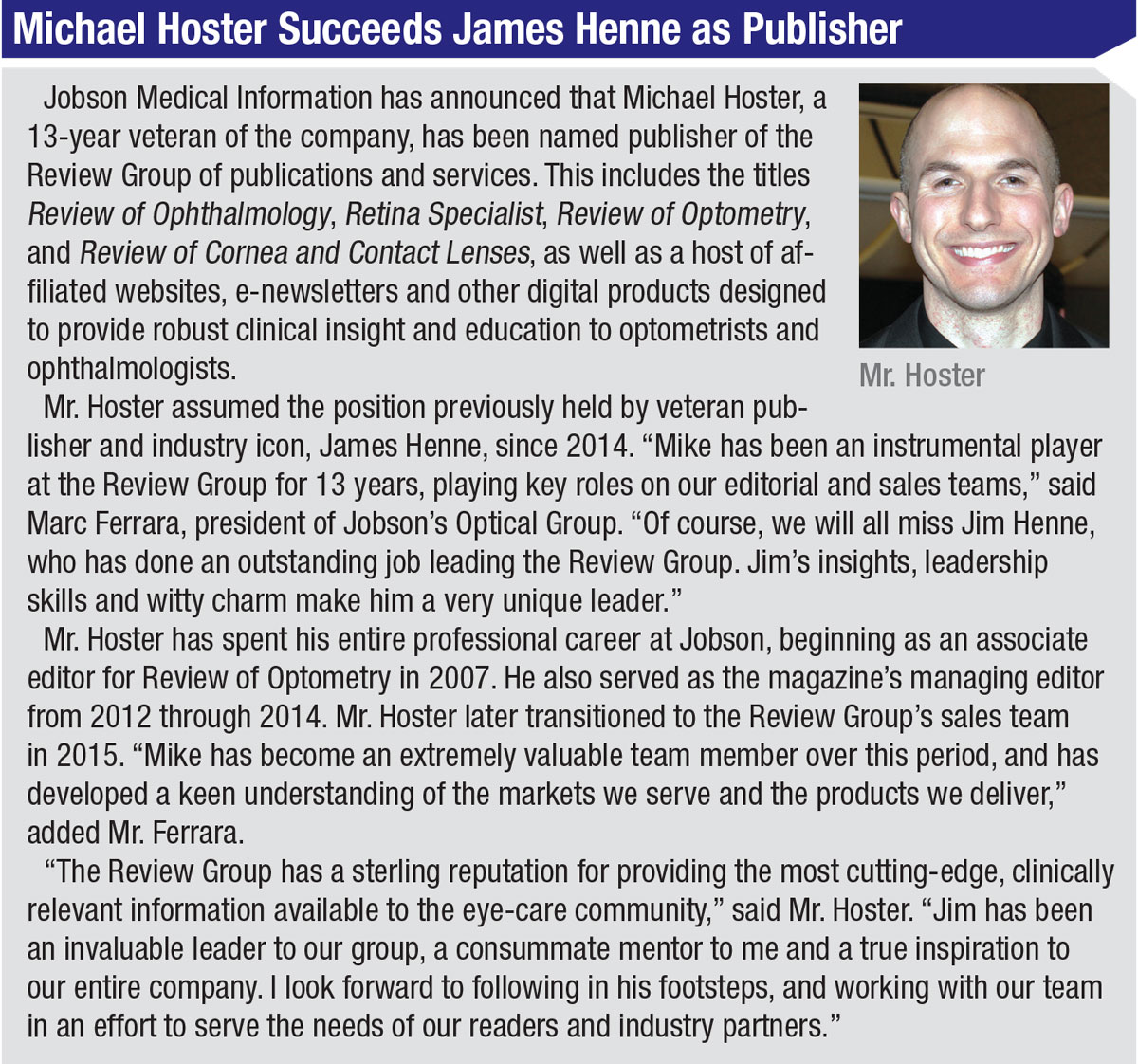A study published in the July 2020 issue of Eye-Nature magazine1 reviewed data from 185,638 participants in three previously completed prospective cohort studies involving health professionals between the ages of 40 and 75 (the Nurses’ Health Study I and II, and the Health Professionals Follow-up Study). The new study aimed to find any association between a low-carbohydrate diet and incident primary open-angle glaucoma, as well as any connection to POAG subtypes (defined by the highest untreated intraocular pressure and the pattern of visual field loss at diagnosis). The analyses were conducted by Jae Hee Kang, MD, at Harvard Medical School, with input from Louis R. Pasquale, MD, FARVO, deputy chair for ophthalmology research for the Mount Sinai Health System in New York City.
 |
The study authors note that the neuroprotective effect of a ketogenic diet—high fat, modest protein, low carbohydrate—is well-established for epilepsy, and has been reported with other neurodegenerative diseases such as Parkinson’s and Alzheimer’s. Because a low-carbohydrate diet generates metabolites favorable to mitochondrial function, and the intrascleral optic nerve (the main site of glaucomatous damage) has a high mitochondrial density, the authors hypothesized that long-term reduced carbohydrate intake might be associated with a lower risk of POAG. In addition, because the maculopapillary nerve fiber layer bundles associated with early-stage paracentral visual field loss are particularly susceptible to metabolic changes and impaired mitochondrial function, they hypothesized that this subtype of POAG might show greater benefit from this type of diet.
Using the data from the three earlier studies, the researchers analyzed subjects’ self-reported diets in terms of carbohydrates, protein and fat. Once they identified individuals who ate a low-carb diet, the data were analyzed in three groups: participants whose dietary fat was primarily animal-based; those whose dietary fat was primarily plant-based; and all low-carb subjects grouped together, regardless of fat source. A reported diagnosis of POAG in 2,112 cases was confirmed by medical record review. The study authors then calculated the relative risk of POAG, adjusting for factors such as age, race and BMI.
No statistically significant association was found between the three types of low-carb diet and POAG overall. However, those subjects whose low-carb diet contained more fat and protein from vegetable sources showed a lower risk of the POAG subtype marked by initial paracentral visual field loss. The researchers concluded that at-risk individuals who consume this type of diet could reduce their risk of early paracentral visual field loss by 20 percent.
Dr. Pasquale notes that this subtype of POAG with initial paracentral visual field loss is found in about 10 percent of POAG patients. “The optic nerve head is the prime site for optic nerve degeneration,” he notes. “It has high mitochondrial content, and mitochondria prefer ketone bodies as an energy source. A low carbohydrate diet favors ketone body formation, which might help it prevent the onset of glaucoma.”
Asked whether this diet might help patients who already have this subtype of glaucoma, Dr. Pasquale says this study doesn’t shed any light on that question. “We don’t know how a low-carbohydrate diet might affect people who already have glaucoma,” he says. “Our studies are looking at disease-free populations and monitoring their diet until they get glaucoma, or until the end of a defined follow-up period. These studies are not designed to answer that question.”
Regarding the data from the three preceding large-scale studies, Dr. Pasquale says he and Dr. Kang and their fellow authors stand on the shoulders of giants. “Dr. Kang and I have contributed to overall glaucoma knowledge using this cohort data for more than two decades,” he notes. “We owe thanks to the wisdom and vision of the founding investigators of those studies.” Dr. Pasquale says he and Dr. Kang next plan to repeat the analysis using artificial intelligence to quantify the paracentral visual loss.
1. Hanyuda, A., Rosner, B.A., Wiggs, J.L. et al. Low-carbohydrate-diet scores and the risk of primary open-angle glaucoma: Data from three US cohorts. Eye (2020). https:/doi.org/10.1038/s41433-020-0820-5
 |
ABMS Expands Caregiving Leave Policy
Some good news for ophthalmologists-in-training: Effective July 1, 2021, the American Board of Medical Specialties announced that all of its member boards with training programs of two or more years duration must allow for a minimum of six weeks away once during training for purposes of parental, caregiver, and medical leave, without exhausting time allowed for vacation or sick leave and without requiring an extension in training.
The ABMS added that member boards must communicate when a leave of absence “will require an official extension to help mitigate the negative impact on a physician’s career trajectory that a training extension may have, such as delaying a fellowship or moving into a full, salaried position.”
The ABMS says the organization’s new policy will offer residents and Fellows “more flexibility, reduced stress, and increased autonomy in making life decisions.” REVIEW



